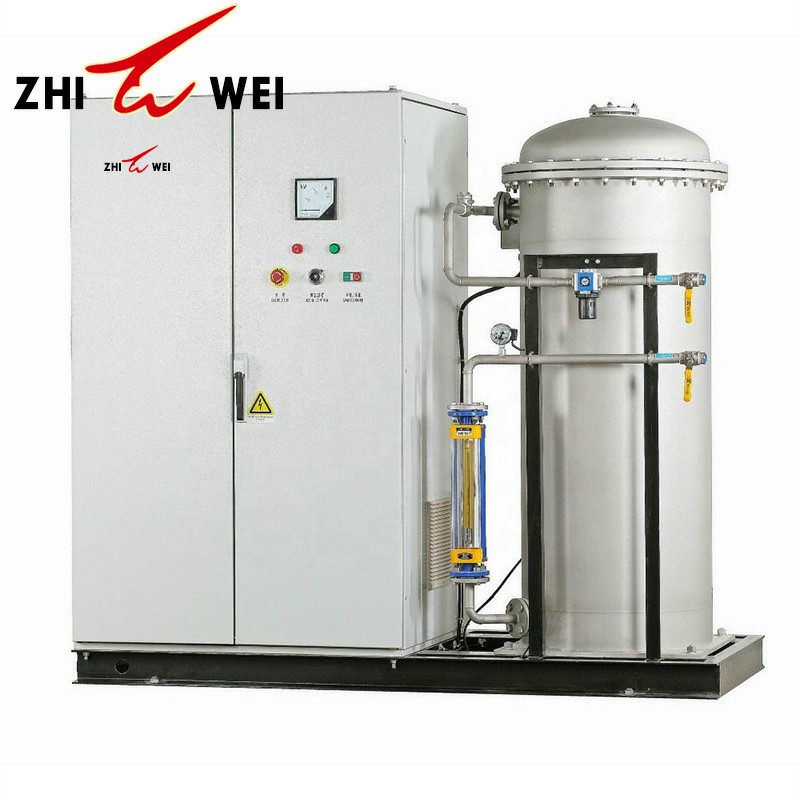
- English
- Español
- Português
- русский
- Français
- 日本語
- Deutsch
- tiếng Việt
- Italiano
- Nederlands
- ภาษาไทย
- Polski
- 한국어
- Svenska
- magyar
- Malay
- বাংলা ভাষার
- Dansk
- Suomi
- हिन्दी
- Pilipino
- Türkçe
- Gaeilge
- العربية
- Indonesia
- Norsk
- تمل
- český
- ελληνικά
- український
- Javanese
- فارسی
- தமிழ்
- తెలుగు
- नेपाली
- Burmese
- български
- ລາວ
- Latine
- Қазақша
- Euskal
- Azərbaycan
- Slovenský jazyk
- Македонски
- Lietuvos
- Eesti Keel
- Română
- Slovenski
- मराठी
- Srpski језик
What is the working principle of an ozone generator?
2023-08-22
An ozone generator is a device that produces ozone (O₃) by ionizing oxygen molecules in the air.
An ozone generator is a device with a wide range of applications that provides clean air and water quality by generating ozone gas. Knowing how an ozone generator works is essential to understanding its function and applications. This article will detail how an ozone generator works, revealing the ionization process and mechanism of ozone generation, as well as its importance in air purification and water treatment.
The working principle of an ozone generator is based on the process of ionizing and recombining oxygen molecules. The following is the general workflow of an ozone generator:
Oxygen molecular ionization: The inside of the ozone generator usually contains a pair of electrodes, one of which has a higher voltage. By applying a high voltage, oxygen molecules (O₂) in the air are ionized between the electrodes to form oxygen ions (O⁻) and free electrons.
Oxygen ion recombination: Due to the strong affinity of oxygen ions for electrons, they quickly recombine with free electrons to form oxygen molecules (O₂). This process simultaneously releases energy.
Ozone generation: In the reaction chamber of the ozone generator, oxygen molecules (O₂) undergo further ionization and recombination processes to generate ozone molecules (O₃). Ozone molecules are composed of three oxygen atoms, which have strong oxidizing and bactericidal effects.
Ozone generators play an important role in air purification. Ozone has a strong oxidizing ability, can quickly decompose organic matter and odor, and eliminate pollutants in the air. It can effectively remove smoke, bacteria, mold and volatile organic compounds, etc., to provide a fresh indoor environment. The application of ozone in air purification generally involves the release and control of ozone to ensure a safe and effective air purification process.


